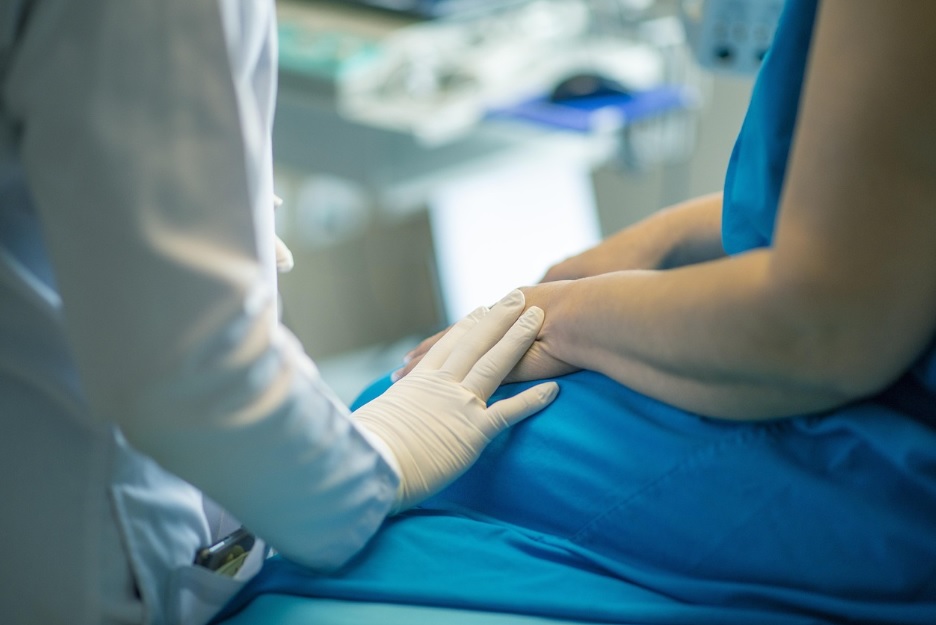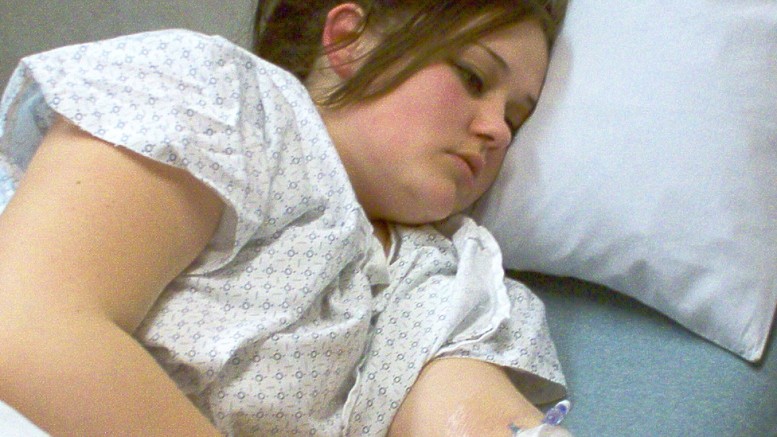It is common to mistake piles as perianal skin tags as both are located in the anus. At the same time, piles and skin tags may exhibit similar symptoms. A distinct difference to remember is that skin tags, as its name suggests, is made up of skin and is attached to the skin around the anus. Piles, on the other hand, are veins in the anus and lower rectum that have become swollen. Piles bleed and cause pain, while skin tags do not. Piles treatment is also more complex than treatment for skin tags.
Now that we have cleared this confusion, let us move on to the main topic of this article: PILES.
Piles, or haemorrhoids, is a condition that happens inside or outside the anus. Piles occur when the veins in the anus or lower rectum become inflamed and develop tissue growths around the anus or inside the rectum. As such, piles can be categorised as either internal, external, or thrombosed piles.
The three types of piles—internal, external, and thrombosed have different symptoms.
Internal piles can seem like they do not exist because they seldom cause discomfort and they cannot be seen or felt. However, internal haemorrhoids can be identified when bright red blood is present on the toilet or tissue after releasing stool. In addition, internal piles may be pushed out of the anus, which causes irritation and pain. Piles like this that protrude in the outer part of the anus is called prolapsed haemorrhoid. External piles are graded by medical experts using a four-point scale:
- Grade I – Piles are asymptomatic and are not situated outside of the anus.
- Grade II – Piles may be pushed out of the anus, but slide back on their own.
- Grade III – Piles pass through the anus and returned with manual interference.
- Grade IV – Piles penetrate through, remain outside of the anus, and cannot be returned despite manual interference.
External piles are located beneath the skin causing tiny lumps surrounding the outer edge of the anus. This type of pile can be very itchy and cause parts of the anus to bleed, be irritated and painful.
Thrombosed piles happen when external plies develop blood clots. Symptoms of this condition include a solid bump near the anus, extreme pain, inflammation, and swelling.
What to do when symptoms of piles are present?
Seeing blood in your stool can be a sign of piles, but they can also be a symptom of other health conditions that may be present internally. It is important not to think lightly of this situation, especially when one’s bowel movements and stool appearance have undergone changes. When symptoms are present, be sure to book an appointment with a doctor immediately.
What causes piles?
Piles develop when the lower rectum is subjected to increased or intense pressure. This pressure causes the blood vessels in the anus and rectum to stretch. As a result, the blood vessels become swollen and form piles. Pressure in the anal region is secondary to chronic constipation or diarrhoea, heavy lifting, or straining during bowel movement.
Who is more likely to develop piles?
Anyone at any age can develop piles, but the risks are higher for some people that are:
- Drinking less water
- Eating less fiber
- Over the age of 50 yearsold
- Overweight
- Pregnant
What are the ways to diagnose piles?

Piles are diagnosed following a doctor’s consultation and a physical examination. During the consultation, it is imperative that the patient shares all medical history, changes in the body, and symptoms with the doctor to get an accurate diagnosis. Doctors usually ask these questions:
- Are there other members of the family that have piles?
- Have there been changes in bowel habits?
- Have there been changes in the colour or consistency of the stool?
- Was there blood or mucus present in the stool?
Internal piles can be confirmed through a protoscope or a digital rectal examination (DRE). A protoscope is a medical tool that is made up of a tube that has a tiny light at one end. This is used by the doctor to see the inside of the anal canal and take a tissue sample from the inner part of the rectum to get tested. Another test that a doctor may recommend is colonoscopy. Colonoscopy is a test that examines the condition of the large intestine or colon to check for cancerous cells. The symptoms of colorectal cancer and piles are similar, so this test is also crucial to make proper diagnosis.
What are treatments for piles that are available in Singapore?
A lot of cases concerning piles usually resolve without having to undergo any medical intervention. In the instance that the presence of piles become too much to bear, there are several treatments that are available in Singapore. These are:
- Conventional Haemorrhoidectomy
- Harmonic or LigaSure Haemorrhoidectomy
- Rubber Band Ligation
- Stapled Haemorrhoidectomy
- THD/HALO Procedures
- Conventional Haemorrhoidectomy is carried out by removing the piles with diathermy. Diathermy is a medical method that uses deep heating to heat the area below the surface of the skin. Once piles have been removed, the wound can either be stitched closed or left to heal naturally.
- Harmonic or LigaSure Haemorrhoidectomy uses either the Harmonic ultrasonic scalpel or LigaSure surgical sealer instead of diathermy. This technique has a much lower risk of bleeding compared to electrical diathermy.
- Rubber Band Ligation is done with the use of rubber bands that are wrapped around the stem of the haemorrhoid to cut off blood flow, causing the piles to shrink.
- Stapled Haemorrhoidectomy is performed with the use of a circular surgical stapler. This tool is used to remove the anal lining where the blood vessels supporting the haemorrhoids are located. After removing about a centimetre of the lining, the open edges are closed using staples.
- THD/HALO Procedures are done by cutting off the blood vessels that supply the blood to the haemorrhoids using state of the art ultrasound probe technology, such as the THD Doppler Surgery and HALO system. After the blood vessels are cut off, stitches are made to close the wound.
To know more about these procedures and which can work best for your piles treatment, contact your doctor today.
